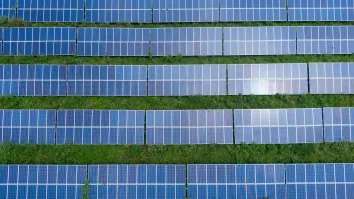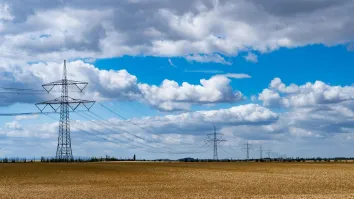
Invenergy, Honda ink VPPA for wind energy from Hokkaido plant
This deal will eliminate 64,000 tonnes of carbon emissions.
Invenergy has signed a virtual power purchase agreement (VPPA) with Honda Motor Co., Ltd. and Rusutsu Wind for 63 megawatts (MW) of renewable power from the Rusutsu Wind Energy Center located in the Hokkaido prefecture.
In a statement, Invenergy said the agreement is the largest corporate VPPA in the region and is expected to offset around 64,000 tonnes of carbon emissions annually.
Prior to this, Invenergy signed a 200-MW offtake agreement with a group company of Honda in North America at a phase of the Samson Solar Energy Center in the US. This will be one of the largest solar energy centres in the western hemisphere when completed, the company said.
Invenergy has been developing and operating solar projects in Japan for more than 10 years. Rusutsu Wind Energy Center, its first onshore wind project, became operational earlier this year.



















 Advertise
Advertise







